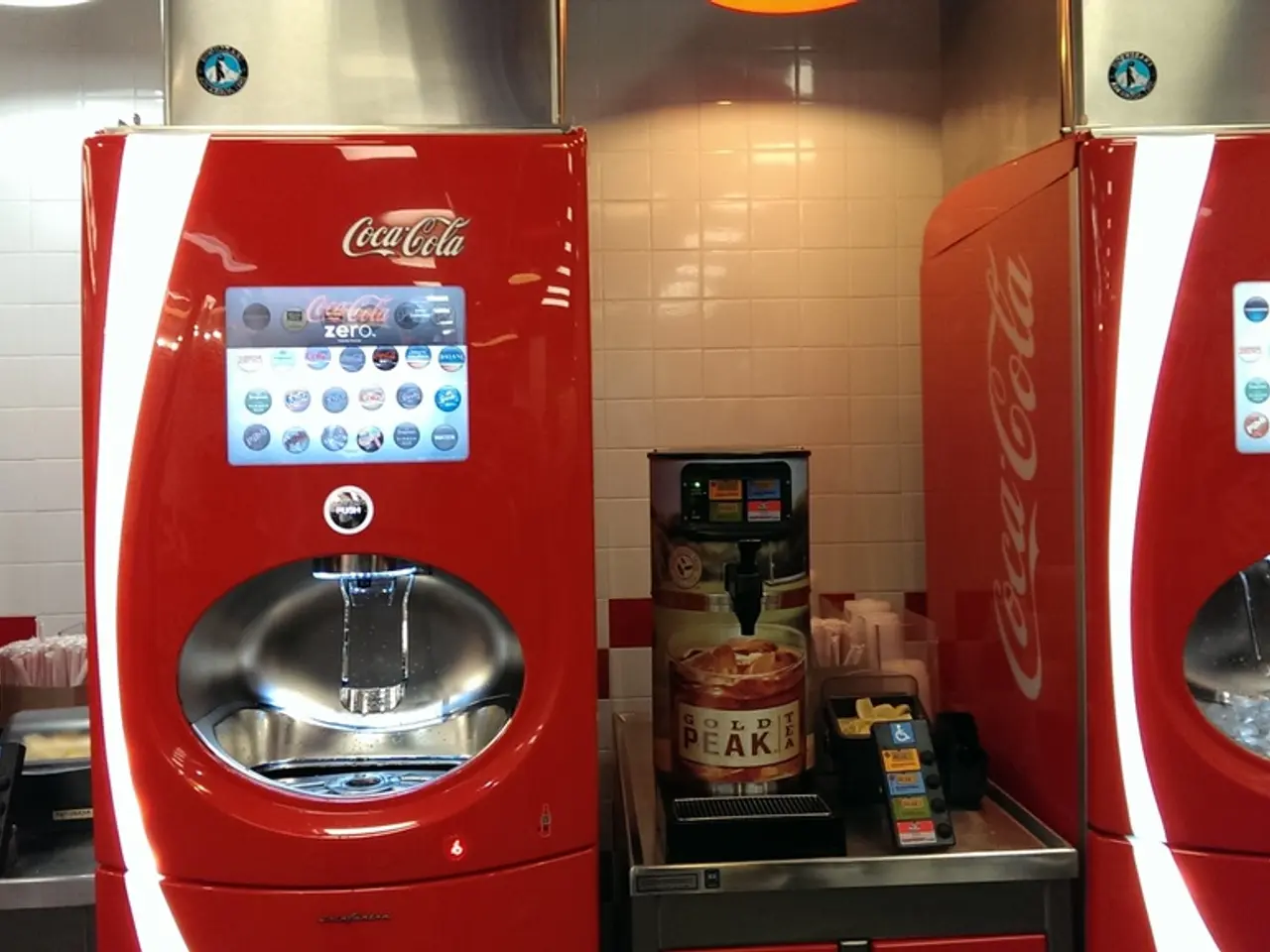EU-supported experiment claims significant advancement in hydrogen liquefaction process
In a groundbreaking development, a magnetocaloric pilot plant has been launched as part of an EU-funded project. This innovative technology, aimed at making hydrogen liquefaction more cost-effective, could revolutionise the industry and pave the way for large-scale industrial applications.
The project, a collaboration between HyLical, Helmholtz-Zentrum Dresden-Rossendorf (HZDR), and startup Magnotherm, is spearheaded by Dr. Tino Gottschall, a scientist at HZDR's High Magnetic Field Laboratory Dresden (HLD). Dr. Gottschall's vision is to create a plant with the potential capacity of 5,000kg of liquid hydrogen per day, a significant leap from the current industry standards.
However, the focus at this stage is on demonstrating the scalability of the technology, not on achieving the full 5,000kg capacity. The CEO and founder of Magnotherm, Marco Müller, is leading the charge in this regard.
The magnetocaloric effect, a new technology being utilised in this project, is triggered in materials with specific properties, such as lanthanum-iron-silicon alloy (LaFeSi), when placed in a magnetic field. This principle allows hydrogen to be cooled to -253°C after pre-cooling with liquid nitrogen, thereby triggering liquefaction.
One of the key advantages of this technology is its energy efficiency. Unlike traditional methods, magnetic cooling technology does not use environmentally harmful refrigerant gases and does not require compressors. This makes it a new, climate-friendly, and energy-efficient power alternative.
The ultimate goal of the project remains unchanged: to make hydrogen liquefaction more cost-effective. The pilot plant is aimed at reducing hydrogen liquefaction costs to below €1.50 per kilo, a significant reduction from current prices.
Dr. Gottschall's plant, if successful, could potentially be more efficient and affordable than current liquefaction methods. The next target is to increase efficiency to produce 100kg of liquid hydrogen per day. If this milestone is achieved, it would be a significant step towards the project's ultimate goal.
The magnetocaloric pilot plant could mark a turning point in the hydrogen industry, making hydrogen liquefaction more accessible and affordable. As the project progresses, we can look forward to further advancements in this exciting field.








